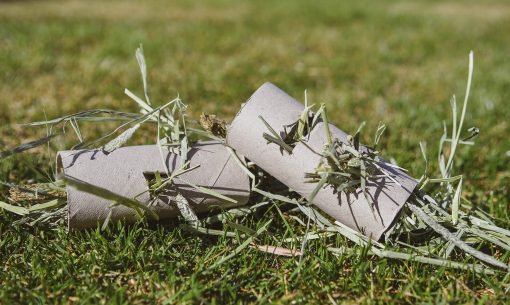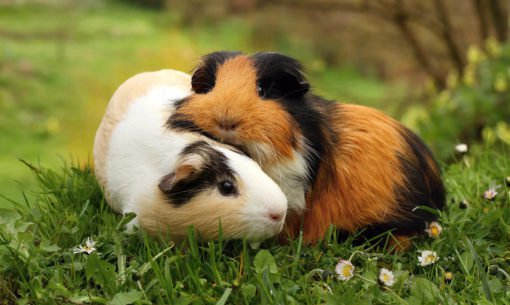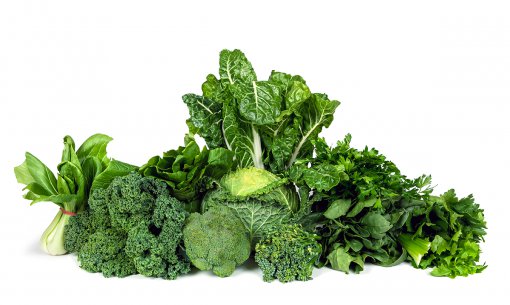Protecting your rabbit against RHDV2
Rabbits are benefiting from high standards of care and in the main, living healthier, happier lives as a result. Better nutrition, more appropriate accommodation and increasing expertise in rabbit medicine are all making an amazing difference. From time to time though, new threats to health emerge and so we all have to be vigilant in keeping up to date about precautions that need to be taken to keep pets safe.
RHDV2 – a new threat to rabbit health
In 2010, a new strain of the Rabbit Haemorrhagic Disease (RHD) virus emerged, first in France and later spreading to other European countries. Now called RHDV2, this new strain is a variation on RHD virus which has been around since 1995.
RHDV signs are difficult to spot and they can appear very quickly, with rabbits suddenly appearing to be extremely unwell or even sadly, being found dead due to internal bleeding. Other signs to look out for are loss of appetite, general debility and lack of interest in surroundings, nervous spasms, collapse, or unexplained bleeding from the nose or bottom or in urine. The RHDV2 strain may occasionally develop more gradually and weight loss and jaundice may be features of the disease. Very young rabbits can also be affected by RHDV2 as they are unlikely to have protective antibodies passed on by their mother.
Although supportive treatment can be given to a rabbit with RHDV (of either type) there is no cure and few rabbits survive the disease. The most important step that rabbit owners can take is to try and protect their rabbit from the disease.
Protecting against RDHV2
In most European countries there is a vaccine available to help protect rabbits against RDHV2. The standard RHDV1 vaccine will not protect against the second strain, so specific RHDV2 virus vaccine needs to be given as well as RHDV1 vaccine which protects against the original strain. The vaccines need to be given two weeks apart and in areas where RHDV2 strains are most common, it’s often the first vaccine to be given.
In recent months, RDHV2 has arrived in the USA and no vaccine has yet been licensed there to protect rabbits, although in some states it is hoped that special permits may allow importation of the European vaccine. There is also no vaccine available in Australia. In this period, while rabbits are increasingly vulnerable, extra precautions should be taken.
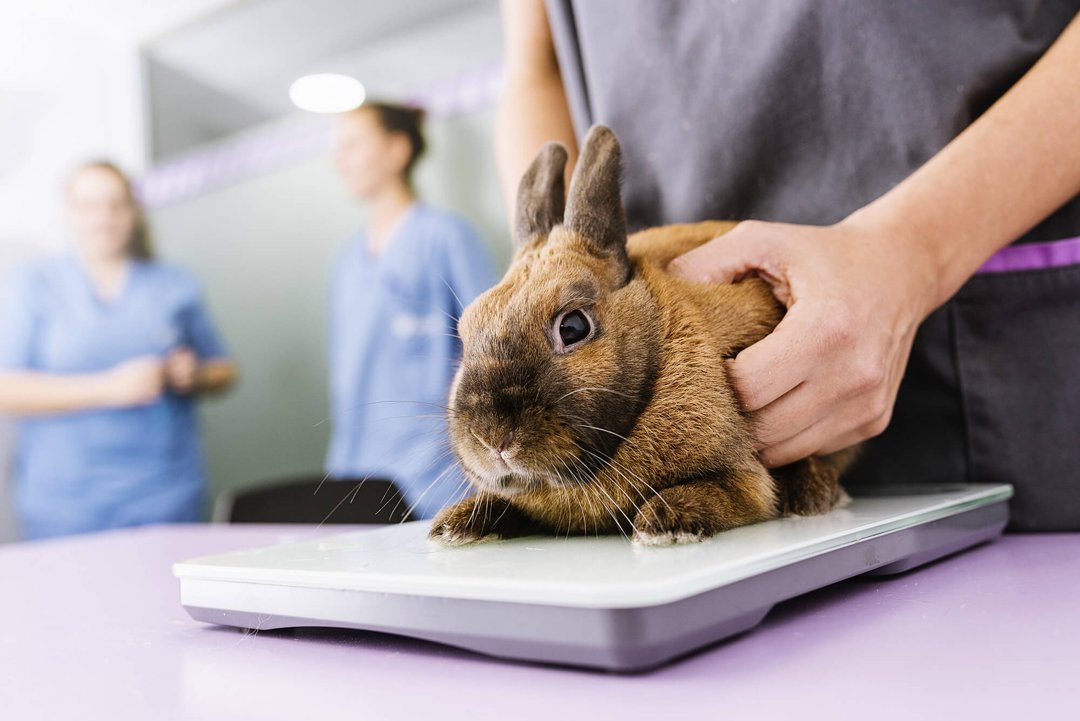
Prevention at home
The virus is very contagious and can even spread to rabbits kept completely indoors. As well as direct contact with an infected rabbit, the virus can be spread by ‘fomites’. Fomites are objects that the virus can be present upon and includes clothing and footwear, bicycles or toys and even grooming brushes or bedding.
The time between a rabbit being infected and showing signs can be anywhere between 2 and 10 days, so a new rabbit brought into the home could be infected but may be showing no signs at all.
All of this makes it difficult to prevent disease but of course, we all know as a result of recent human experience with COVID-19, that there are things we can do to help reduce the likelihood of infection with a virus.
Here are a few things you can consider:
- If vaccines are available in your country, do make use of them. Your vet can advise you about the vaccination programme that is best to use in your area and how often they need to be repeated to keep immunity high enough to protect your pet.
- If handling other rabbits outside your home, make sure you wash your hands thoroughly and ideally also change your clothing before handling your rabbit.
- Be aware of the risk of bringing in virus on footwear and consider changing those at the door or using a suitable disinfectant to clean your shoes.
- If acquiring a new rabbit, always obtain them from a reputable source. Keep the new rabbit in a location well away from your current rabbits. Use good hygiene – washing hands and changing clothing between handling your new rabbit and your existing rabbits. Have separate packs of food, bedding and hay for the new rabbit which are kept apart from your existing stocks. Ideally, allow at least 14 days before introducing your new rabbit and be aware of their welfare needs if they are being kept alone.
- Insects can also pass on this virus so make sure all pets are treated for fleas with appropriate products and put in place a good fly control programme within your home (and for outdoor rabbits, in the area around their hutch).
- Greens grown outdoors in fields or foraged from hedgerows can also be a source of virus so consider growing your own produce in a greenhouse or protected area.
- Be aware that no matter how careful you are, you can’t fully protect your pet and if you are at all concerned about your rabbit’s health, seek veterinary advice.
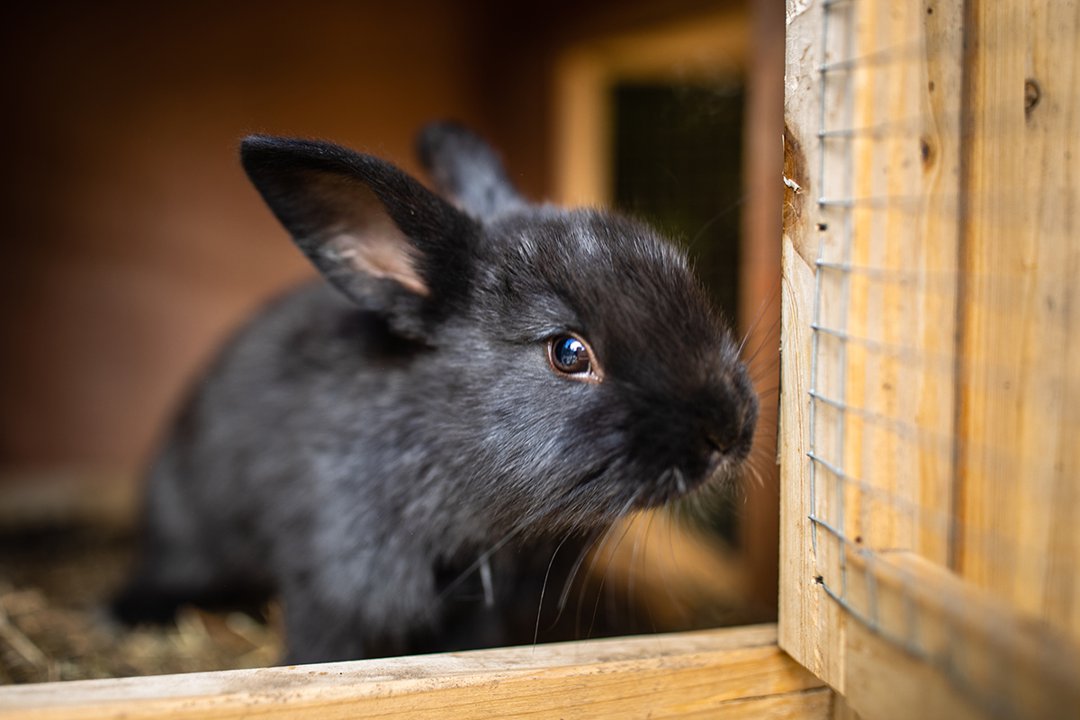
RHDV2 in rabbit rehoming centres
Rehoming centres need to be especially careful to avoid RHDV2 entering their facility. Here are some tips for volunteers or shelter managers:
- Talk to your vet at an early stage for help with disease control measures and the latest news on vaccines in your area.
- If vaccines are available, consider vaccinating all healthy animals as soon as they arrive at the facility.
- Have an effective disinfection policy and a means to record where and when disinfectants are used.
- People working in the facility should have a change of clothing and footwear available when entering (preferably kept and washed at the facility) and should wash or sanitise their hands regularly.
- Barrier nurse all rabbits, ensuring protective equipment is changed between rabbits when cleaning out.
- Dispose of all bedding and other material in a responsible way (preferably by incineration).
- Have a quarantine area for new rabbits brought into the facility and do not allow them to mix with the general population for at least 14 days.
- Do not offer routine boarding services for owned rabbits.
- Ensure all portable equipment such as carriers are disinfected and if transported in a car, use a towel or disposable cover between the carrier and the car to ensure the car does not act as a future fomite.
- Insect control and growing your own produce should be considered.
- Maintain a separate visitors’ area or consider remote adoptions.
- If you are unfortunate enough to experience a case of RHDV, take veterinary advice about washing down the relevant area and avoiding its use for a period of time.
This might seem like a worrying time but we are lucky to have a vaccine against this virus and in areas of the world that can’t currently access it, there is hope that this will change quite quickly, as it’s a licensing challenge rather than a scientific one. Some careful planning can help you in the meantime and do talk to your vet about any specific precautions they can recommend in your region.

